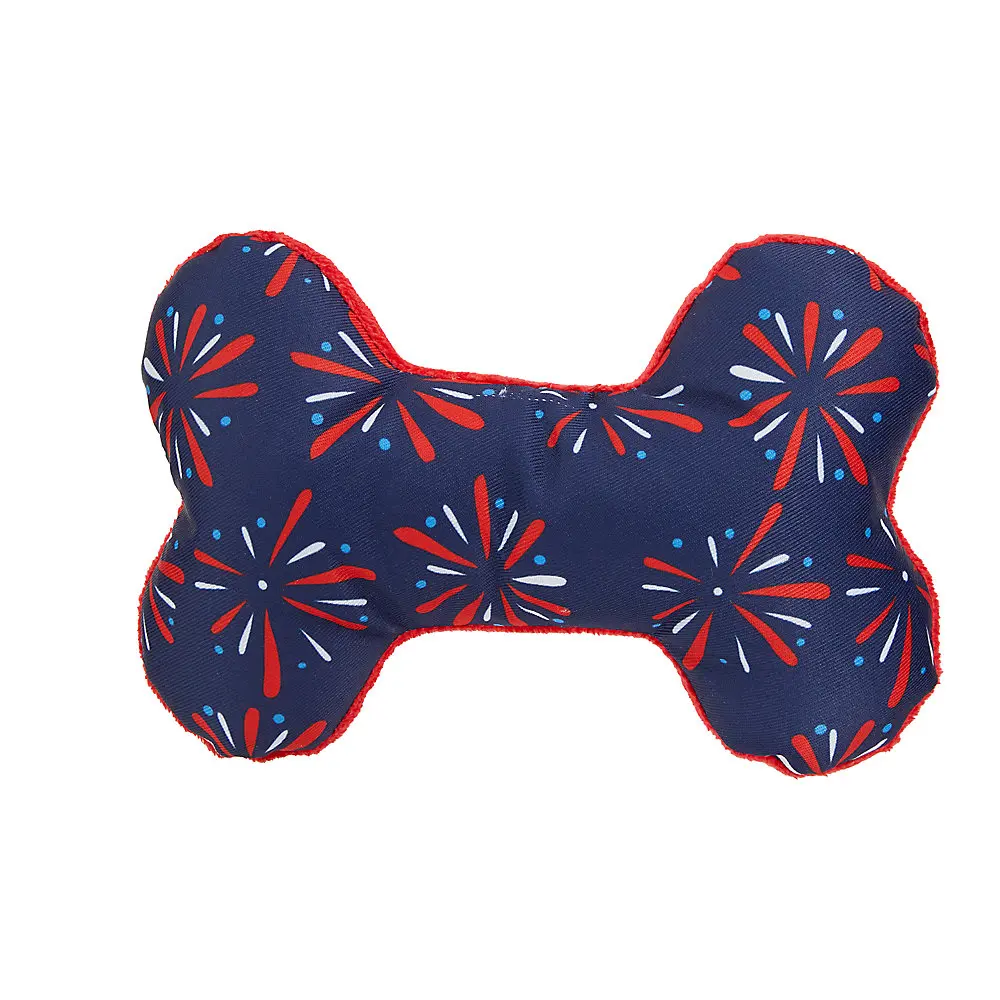The Truth About Raw Food Diets: What Every Pet Parent Should Know
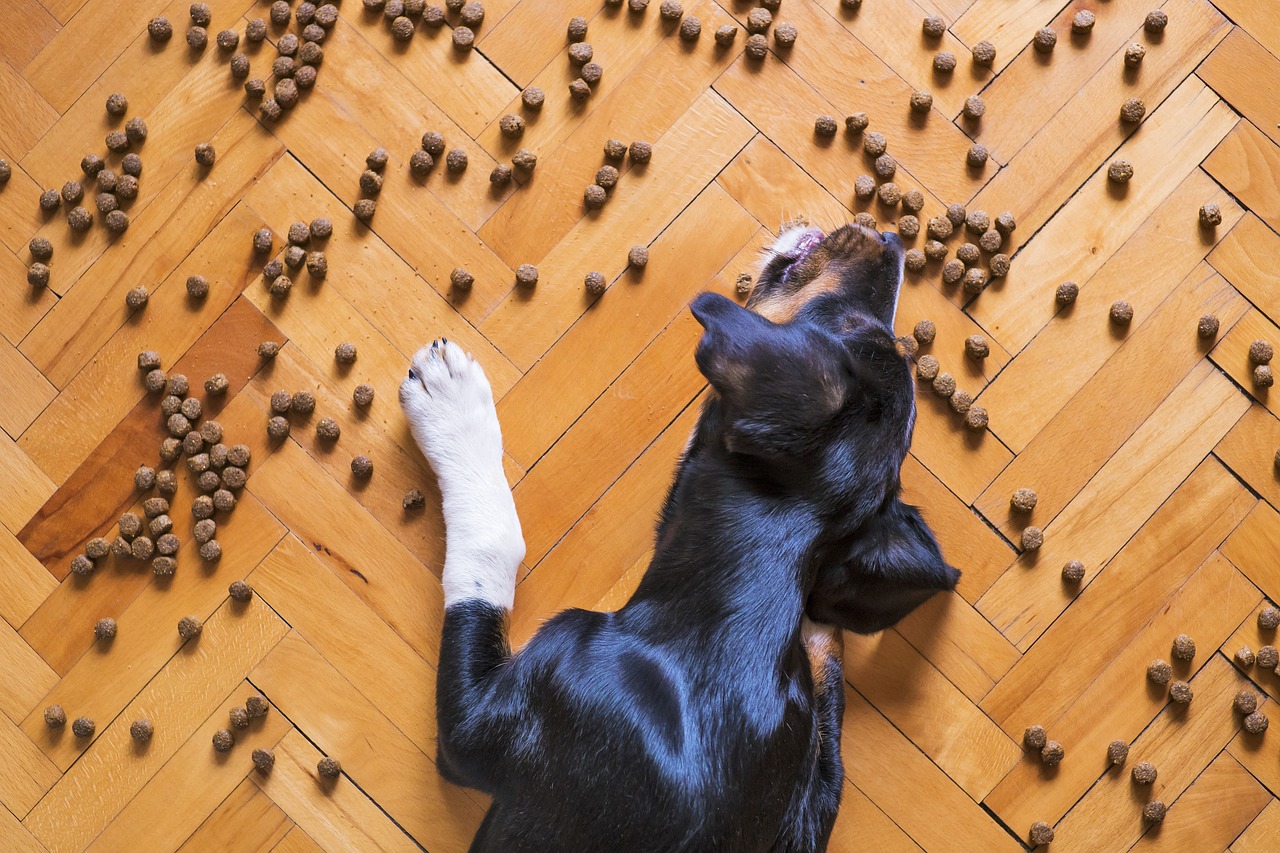
Is raw feeding right for your furry friend? As the raw food movement continues to grow in popularity, we’re breaking down everything you need to know about this controversial feeding approach. At Petsave, we believe in giving you the facts to make informed decisions about your pet’s nutrition.

What Exactly Is a Raw Diet?
A raw diet typically consists of:
- Uncooked muscle meat
- Raw bones
- Organ meats
- Fresh fruits and vegetables
- Some dairy, like yogurt
- Eggs
The Potential Benefits
Advocates of raw feeding report several advantages:
- Improved dental health from chewing raw bones
- Shinier coats and healthier skin
- Increased energy levels
- Better digestion
- Smaller, firmer stools
The Risks to Consider
Before jumping on the raw bandwagon, consider these important factors:
- Bacterial contamination risks (both for pets and humans)
- Potential for nutritional imbalances
- Risk of choking or internal punctures from bones
- Higher cost compared to commercial foods
- More time-intensive preparation
Making an Informed Decision
If you’re considering raw feeding, take these steps:
- Consult with your veterinarian
- Research proper food handling techniques
- Start with a reputable pre-made raw food brand
- Monitor your pet’s health closely during transition
- Consider a partially raw diet as a middle ground
Remember, there’s no one-size-fits-all approach to pet nutrition. Whether you choose raw, premium kibble, or a mix of both, the most important thing is providing balanced nutrition that works for your pet’s individual needs.
"Remember, there's no one-size-fits-all approach to pet nutrition."
Tags
Related Articles
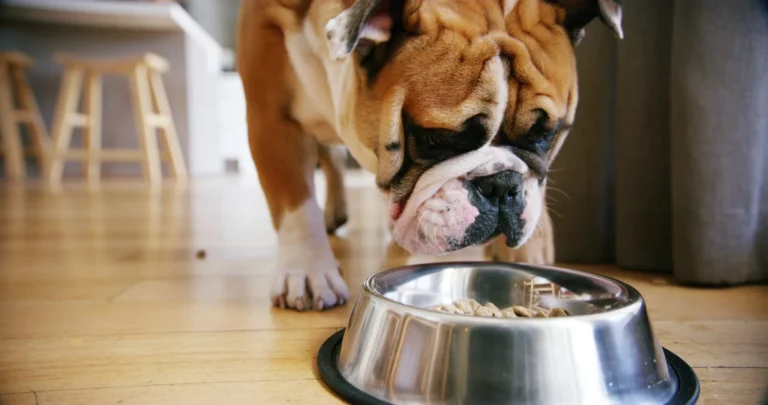
The Pros and Cons of a High-Protein Diet for Dogs
Scroll through any pet store aisle or browse online dog food options, and you’ll notice a clear trend: protein is king. From bags screaming “high-protein
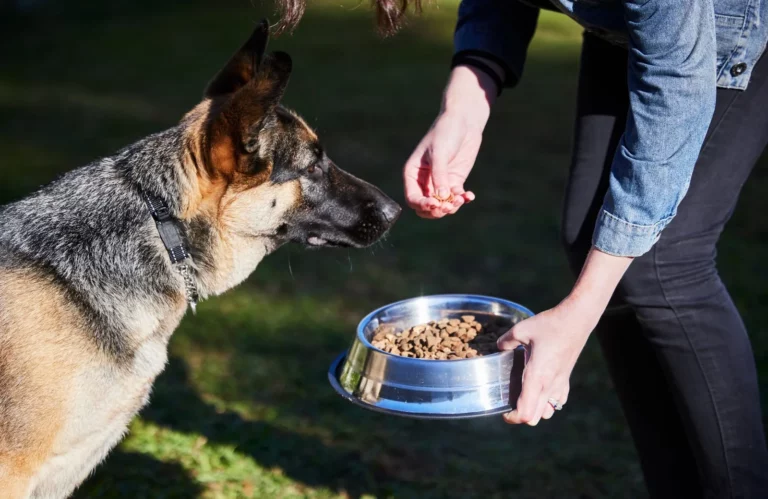
Switching Dog Food? How to Transition Your Dog to New Food Safely
Your canine companion is potentially a patient observer of your frantic research, comparisons of brands, and searching for what seems to him to be the
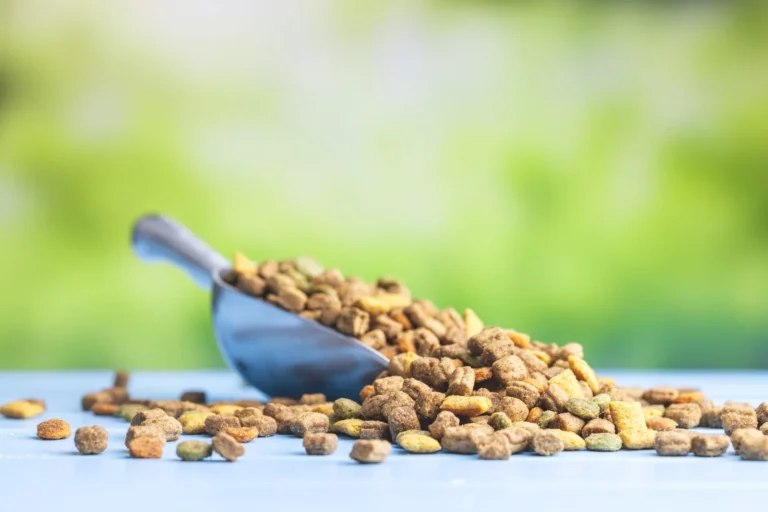
How to Choose Dog Food: Tips for Finding the Best Diet for Your Dog
Choosing the right dog food might seem impossible to do with all the different brands with gaudy packaging making bold statements vying for your attention
